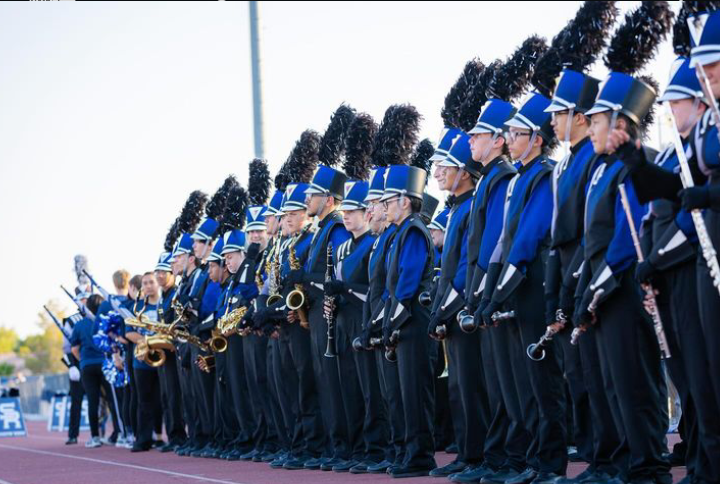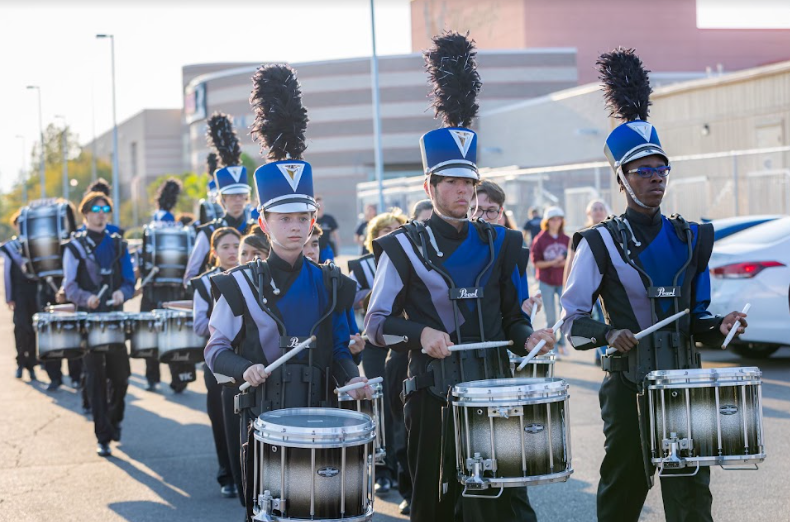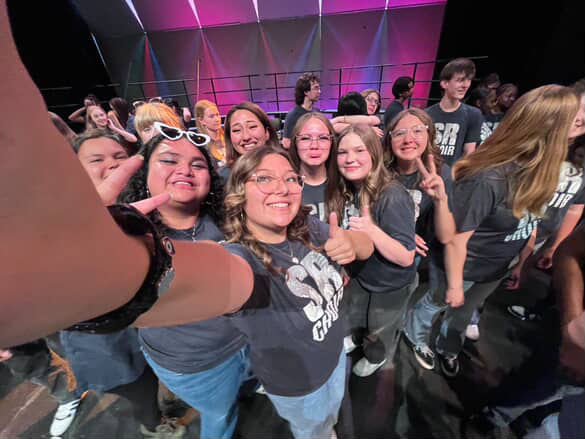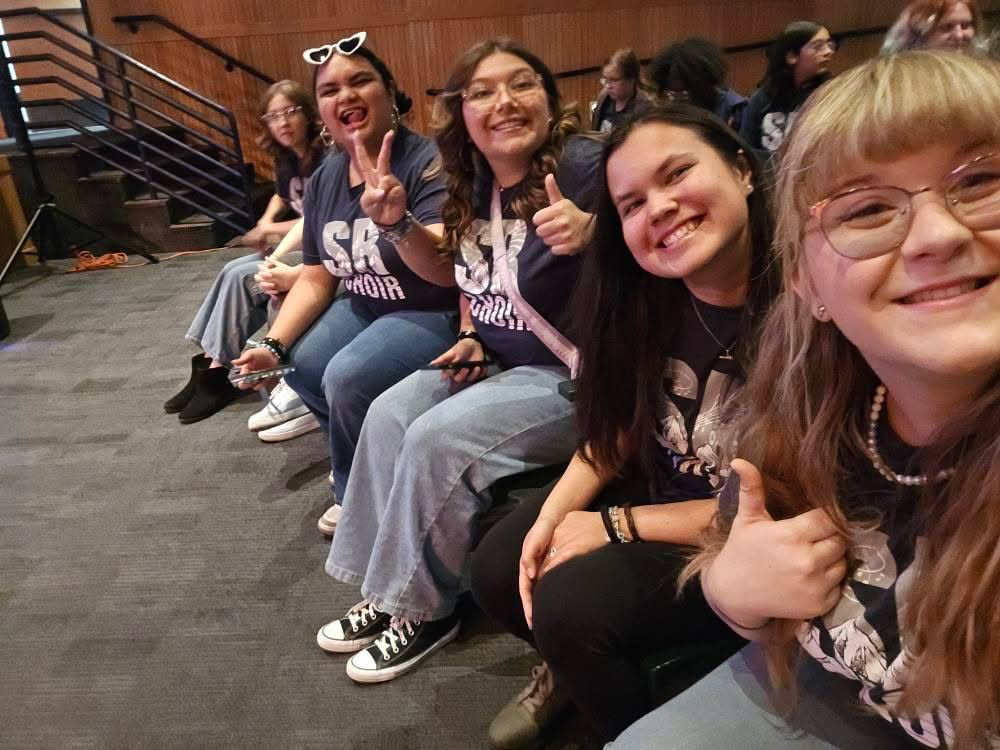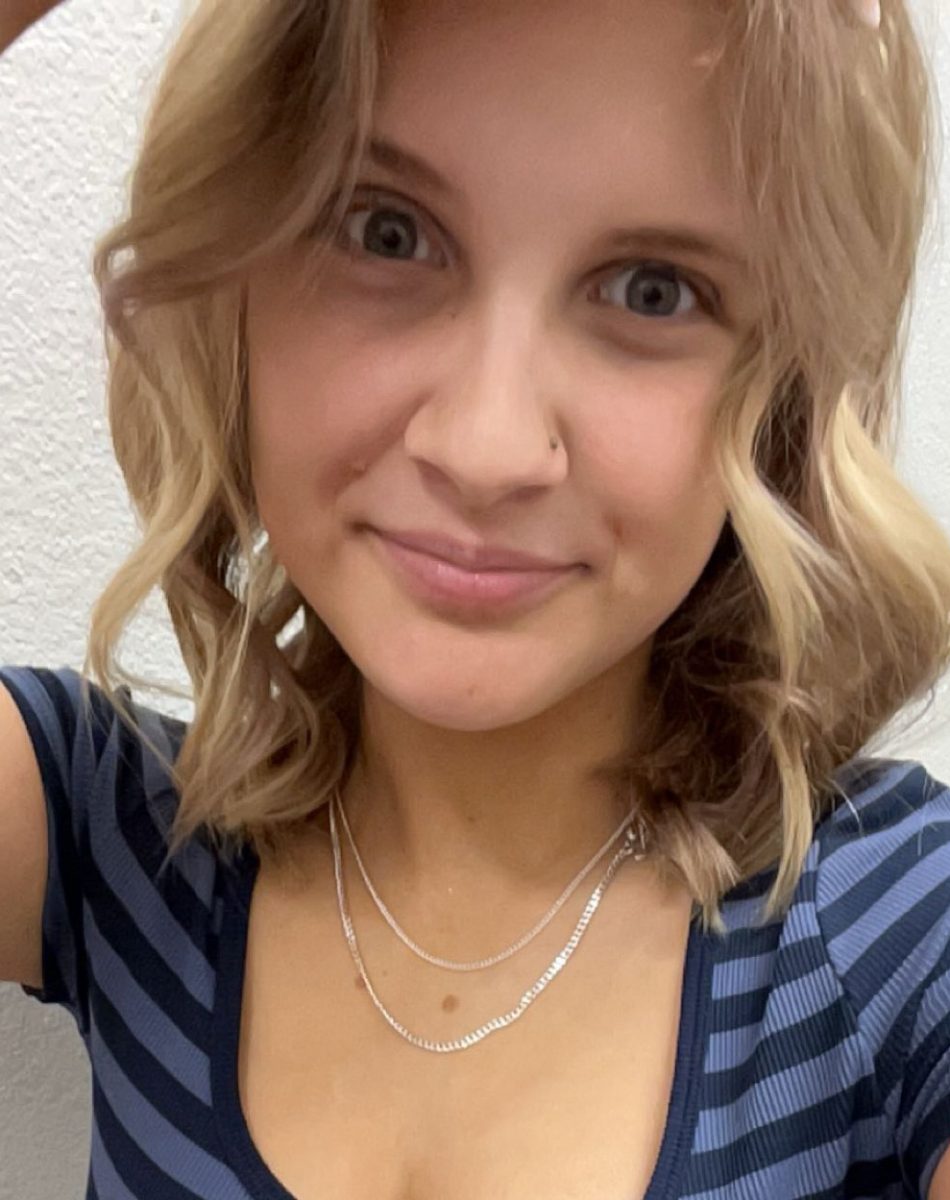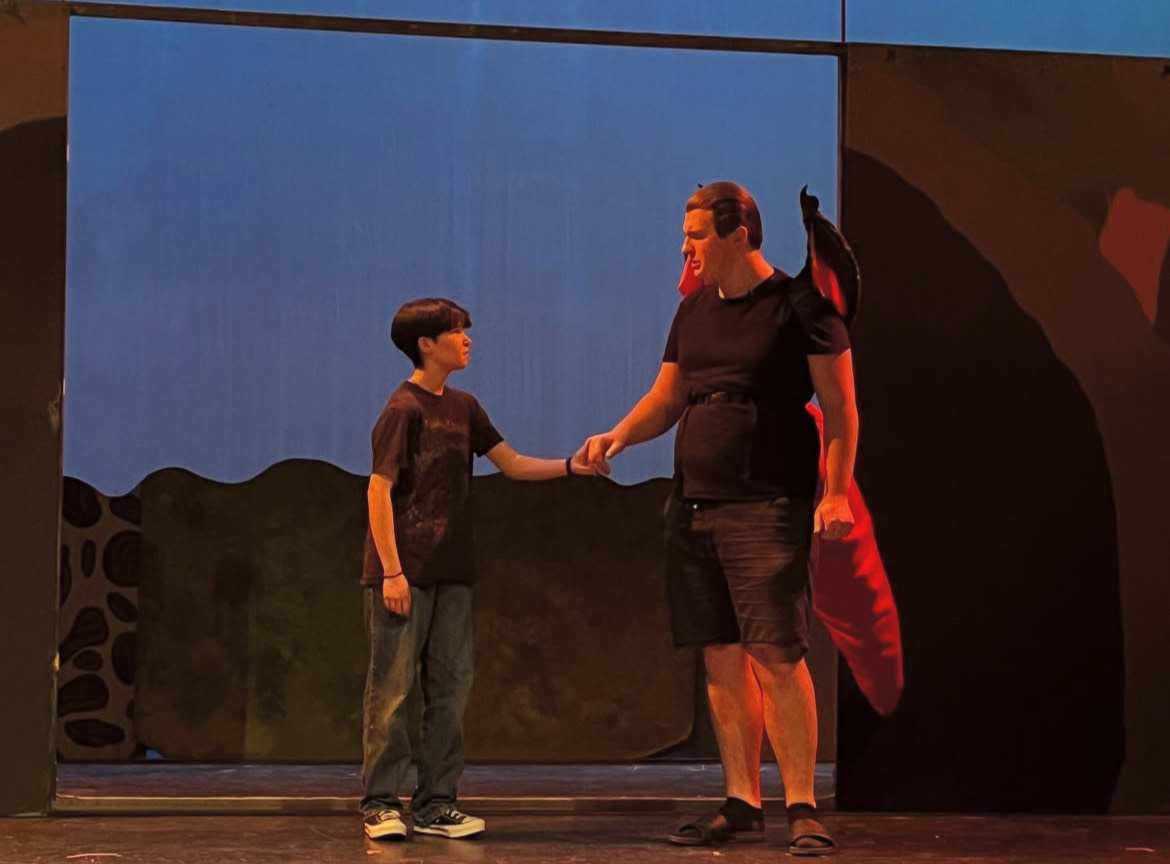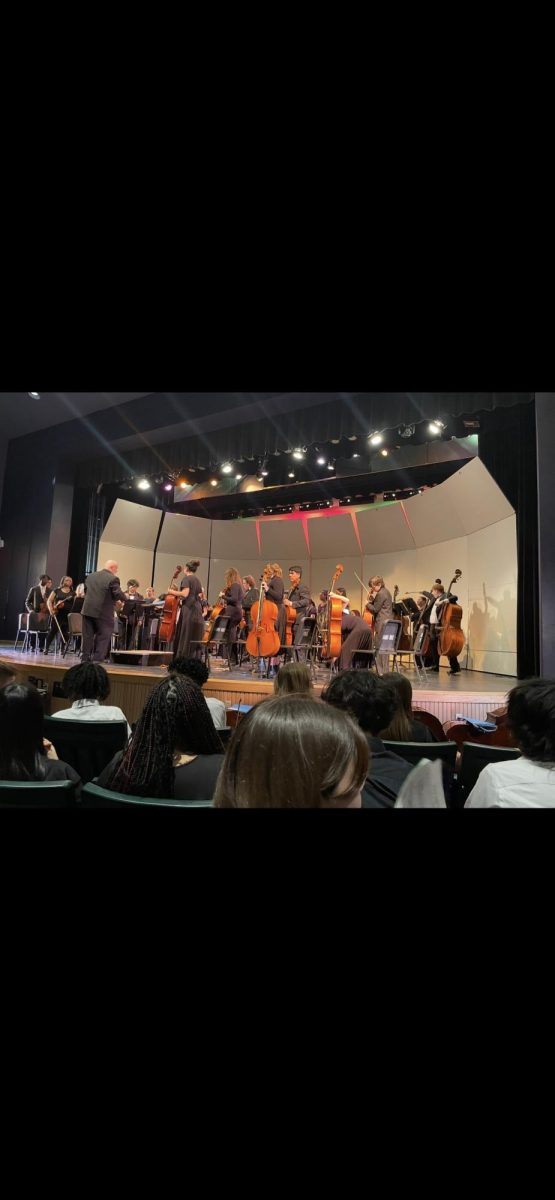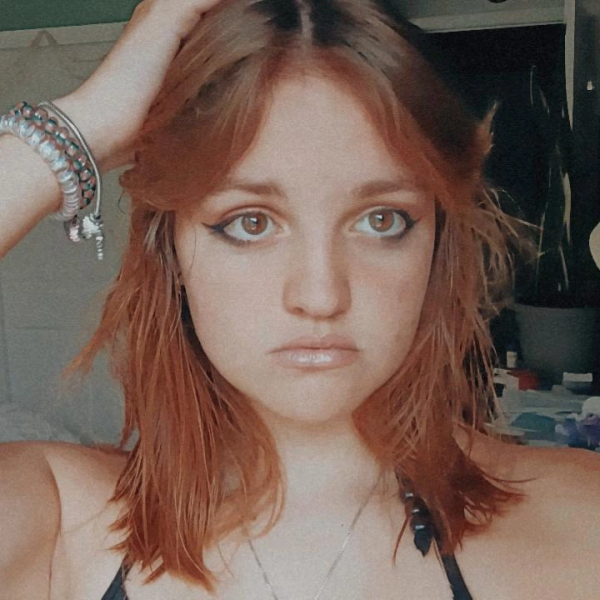Most people classify Marching Band as a performing art, but here at Shadow Ridge, Marching Band is a performance, passion, and sport all at once. Marching Band is where music and movement fuse together into an unforgettable experience for those involved and for those who watch the performance.
Sophomore, Kylan Carlos states, “My advice is that if you join, it may feel exhausting and boring at first, but in the end you’ll have many good friends, meet good people, and overall have lots of fun.”
Many instruments come together to create such amazing pieces, such as the winds, comprised of brass instruments like the trombones and woodwind instruments like the saxes. Percussion also plays a vital role in Marching Band, which is split up into drumline and front ensemble, including instruments such as snare drums, marimbas, cymbals, and xylophones. To lead this mass of music, Marching Band has two drum majors, Cailyn Hartman and Maxim Gutierrez, the conductors and main leaders of the band.
Senior, Harry Evenson stated, ¨Every year we perform and compete a roughly 7 minute show comprised of 3 movements, or musical pieces.¨
However, the music alone doesn’t create the whole symphony. The other half of Marching Band is about visuals. The main visual aspect comes from what Marching Band calls drill. Drill is how the band moves throughout the field as a whole and individually. Lines of people can be weaved together to make curves and shapes, or people can be scattered at distances from each other to create a sense of individuality. This usually takes a lot of time to memorize, as each of the three movements averages out to about 30 different drill spots per person, with the total show having around 90+ different spots that each member has to memorize and move to each performance.
On top of drill, there are props that assist in visuals, such as large screens of vinyls that portray the story of the show, or built set pieces such as park merry-go-rounds that directly display the theme of a show.
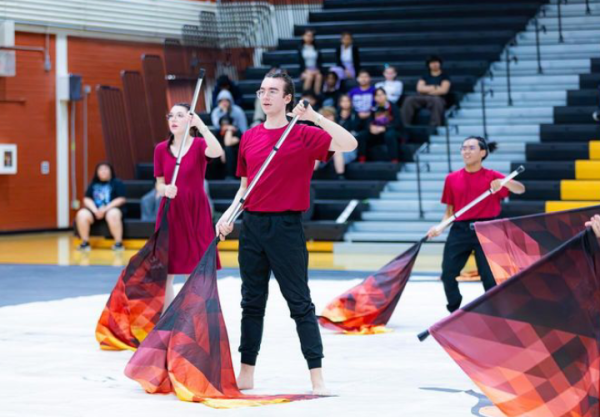
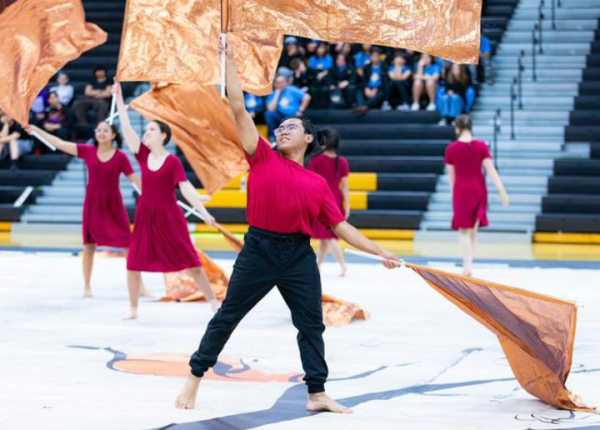
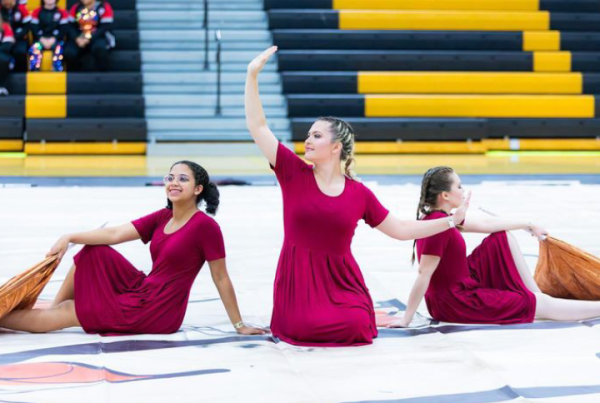
Evenson mentions, ¨While I could talk about those parts of visuals forever, there is actually one more part to visuals that is closest to my heart. That would be the most performative section, which I just so happen to be a captain for, Color Guard.¨
The term originated from military flag bearers, and branched off into new territories of performance. The job of the Color Guard section is to tell a story, and make the story captivating to the audience. The Color Guard section is in charge of spinning flags, rifles, and sabres with stunning patterns to give direct impressions of what the theme may be, as well as dance with or without equipment to act out the emotions of the story they are telling.
¨Our 2024 show theme is “Not (Alone)” and it is about the social connections and interactions we have in our day to day lives, along with how they impact us and how we grow from them. We have been working on this show for the past 9 weeks and we even placed 2nd place at our first competition in class 3A last Saturday, the 28th,¨ Evenson also mentions.
Marching Band may seem like an intimidating challenge to take on, but there is beauty in the community that is created, from close, permanent bonds to lessons that the Marching Band learns from and puts to use in their everyday lives. Growth truly thrives in the environment of Marching Band through the passion that they all experience and share with others. Every year they have a new show with a new band, open to all who want to put their musical skills to use, learn new ones, or even just enjoy participating in a new activity and community.
Students can join Marching Band during registration at the end of the school year, or communicate with Mr. Hartley at [email protected] before school starts. Marching Band begins meeting and rehearsing 2 weeks before classes start in August. Students who are interested in joining must be dual enrolled in either Advanced Band, or Percussion Ensemble and be approved by Mr. Hartley. Students should start preparing to join during the second semester, if they are not currently in Band. If interested in Color Guard, they do have a winter season that begins in November.
Evenson says, ¨If interested in being introduced to this community a bit sooner, consider joining our Winter Guard program. This is a branch of Color Guard who performs indoors to recorded tracks. Our competition season takes place February to May, so please feel free to reach out to Mr. Hartley for more information about this upcoming season.¨


